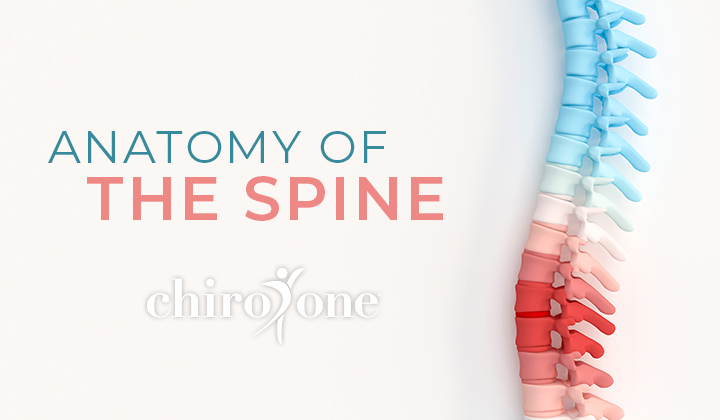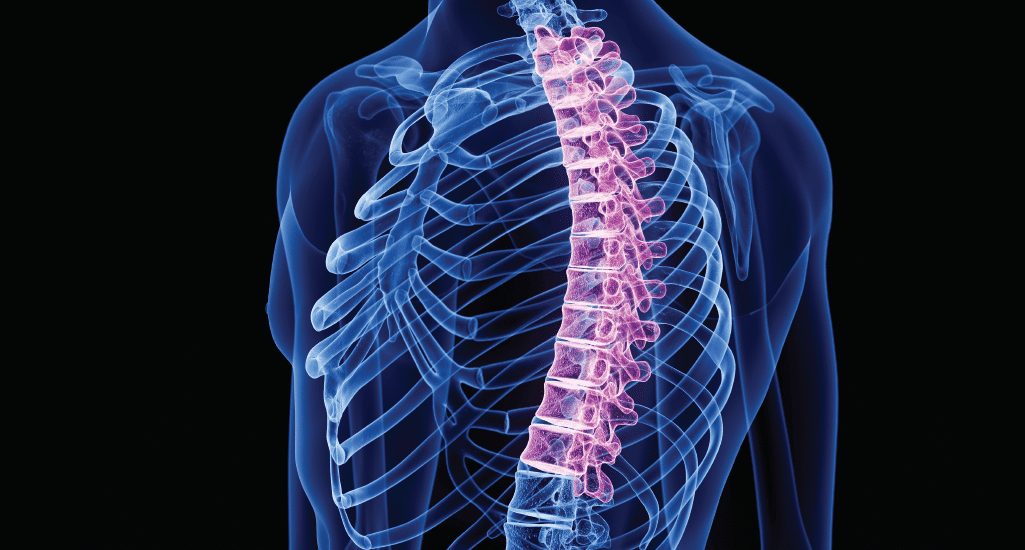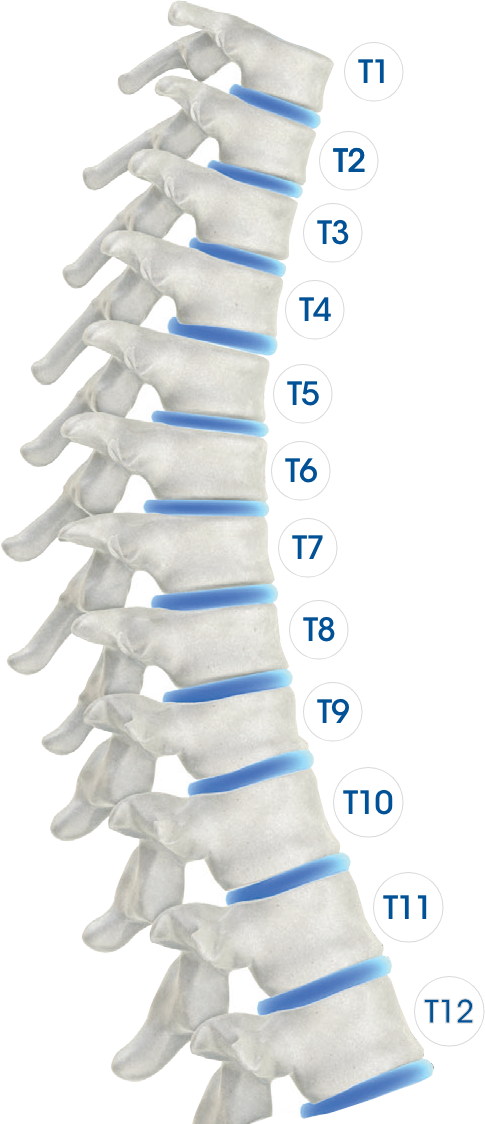
Human Spine Anatomy: A Comprehensive Overview
Good spinal health is crucial to whole body health. In this post, we explore the anatomy of the spineits function, parts and pieces, and what makes it one of the most critical systems in the body.

A healthy spine means a healthy you! That’s why this week, we’re focusing on the threeregions of the spine—really going into detail about why each section is important andwhat parts of the body they protect and maintain! Yesterday, we took a look at the cervical spine,but today, it’s all about the thoracic.
Your thoracic spine is the longest region of your spine,made of twelve different vertebrae that span from just belowthe base of the neck (cervical) to the stomach region (lumbar).This section of the spine plays a crucial role in overall function of the body,not only protecting a large portion of the spinal cord but alsoanchoring down the ribs so they can protect the heart and lungs.
It takes very little to push one of your spinal vertebrae out of alignment, whether it’s a physical accident, toxins in the body or a reaction to stress. And we’ve all been hurt or stressed, right? It’s part of life! That, however, means that you’re vulnerable to a misalignment, known as a subluxation. While a healthy vertebra with no misalignments protects the spinal cord, a subluxated vertebra can put pressure on the spinal nerves, disrupting the messages that are supposed to flow from the brain to other organs in the body. This, in turn, can affect the function of various areas of the body—some you may not even expect!
Take a look at each vertebra and how it connects with different organs and areas in the body. And most importantly, identify any possible symptoms that could arise from a subluxation in that vertebra!
Thoracic Spine

| Vertebrae | Parts of the Body | Possible Symptoms |
|---|---|---|
| T1 | Arms from the elbows down, including hands, wrists and fingers, esophagus and trachea | Asthma, cough, difficultly breathing, shortness of breath and pain in the lower arms or hands |
| T2 | Heart, including its valves, covering and coronary arteries | Functional heart conditions and chest conditions |
| T3 | Lungs, bronchial tubes, pleura, chest and breast | Bronchitis, pleurisy, pneumonia, congestion and influenza |
| T4 | Gallbladder and common duct | Gallbladder conditions, jaundice and shingles |
| T5 | Liver, solar plexus and general circulation | Liver conditions, fevers, blood pressure problems, poor circulation and arthritis |
| T6 | Stomach | Stomach troubles, including nervous stomach, indigestion, heartburn and dyspepsia |
| T7 | Pancreas and duodenum | Ulcers and gastritis |
| T8 | Spleen | Lowered resistance |
| T9 | Adrenal and suprarenal glands | Allergies and hives |
| T10 | Kidneys | Kidney troubles, hardening of the arteries, chronic tiredness, nephritis and pyelitis |
| T11 | Kidneys, ureters | Skin conditions such as acne, eczema and boils |
| T12 | Small intestines and lymph circulation | Rheumatism, gas pains and certain types of sterility |
Subscribe and get news, articles & offers sent right to your inbox each month.
"*" indicates required fields
By subscribing you are agreeing to the Terms and Conditions and Privacy Policy.